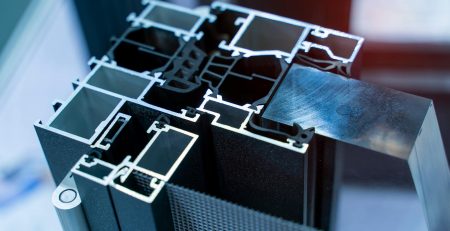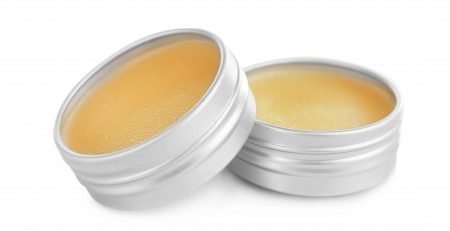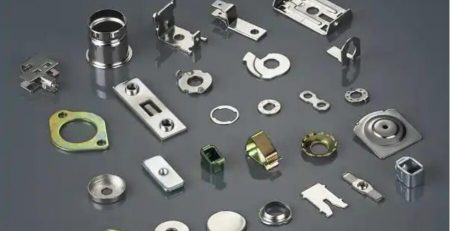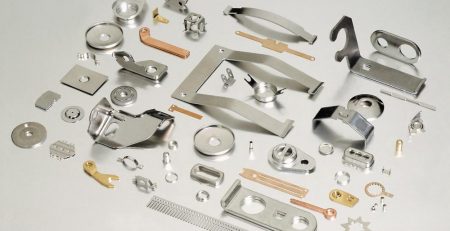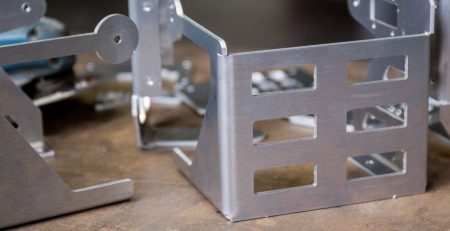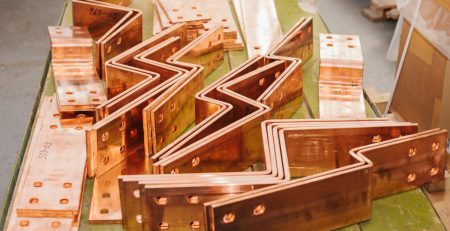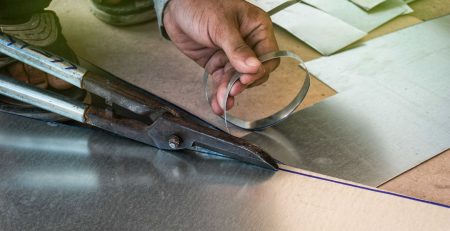Aerospace Metal Stamping Industry
The aerospace industry has commercial airlines, general aviation, military aircraft, missiles, and space research are the five main market sectors that serves with parts and goods. The components offered must have high precision, accuracy, durability, and reliability to ensure they work as intended because they are frequently used in crucial processes when failure is not an option.
There is no room for manufacturing error in the aircraft sector. The required precise measurements and strict tolerances prevent the use of “good enough,” which means that everything must be flawless. Aerospace metal stamping enables you to produce a wide range of parts, both small and large, whether you require a small, accurate connector, a stamped metal clip part, a spring, a complicated gearhead, or a steel airframe component.
Deep drawing itself is not a particularly difficult procedure. A sheet of metal that is blank is pushed into a die by a punch. The blank is gradually shaped into a required three-dimensional shape as the metal is produced around the punch by the die.
Aerospace components used for deep drawn stamping
Deep drawing produces robust, accurate parts with close tolerances, making it the perfect process for making parts that work with other configurations.
For aerospace metal stamping, the equipment that are often used in the aerospace applications are:
- Systems that produce oxygen Instrumentation
- Military aircraft enclosures and housings
- Switches, relays, and lighting systems
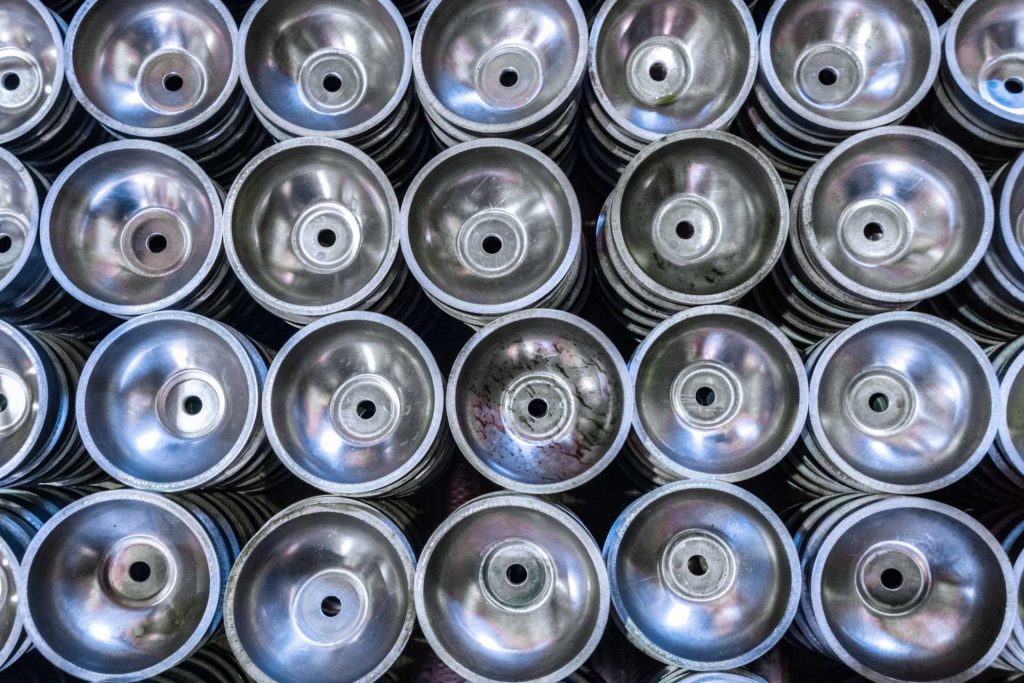
Benefits of the deep drawn stamping process
The fact that this procedure may be used to a wide variety of metals is a significant benefit.
- Aluminium 6061: This grade of aluminium has a good corrosion resistance and is lightweight, adaptable, and weldable.
- Copper and copper alloys: Brass is an alloy of copper that has a high ductility and good conductivity.
- Steel that has been cold-rolled: The cold-forming procedure increases the tensile strength and longevity of steel products.
- When exposed to high temperatures, Hastelloy maintains its strength and has a great resistance to oxidation.
- Iron, molybdenum, and nickel alloy HY-MU 80 is favoured for its capacity to block electromagnetic interference.
- Inconel® is a sturdy metal that ages well and becomes harder as it endures temperature changes and extremes.
- Nickel and nickel alloys: Even at extremely high or cryogenic temperatures, nickel and its different alloys, such as Monel® and cupro-nickel, maintain their strength and shape.
- Stainless steel: Stainless steel is available in numerous grades with a variety of advantageous characteristics, but its main qualities include strong construction and superior corrosion resistance.
- Titanium: Titanium has a high strength-to-weight ratio and can withstand high and low temperatures without corroding or being damaged.
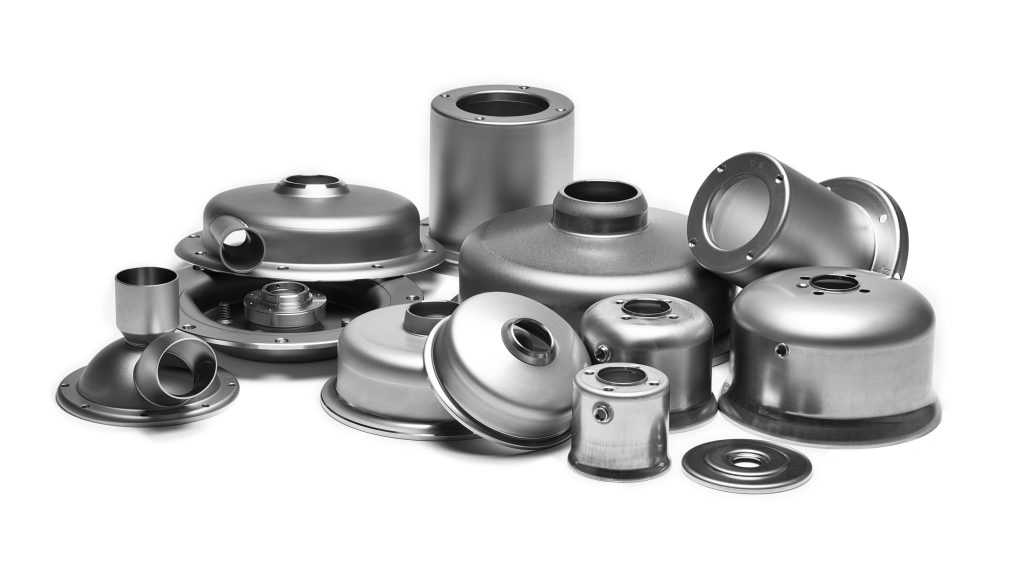
The operating temperatures and other environmental factors must be properly taken into account for an aircraft application. Based on the application, operational environment, and financial constraints, an expert deep-drawn stamping service will assist in choosing the appropriate metal for various product designs.
This is a necessary procedure for manufacturing of any aerospace metals in a workshop. With Tenral’s stamping capabilities, one can guarantee of the quality of the products. They have the best high-quality materials in producing stamped metal parts.

